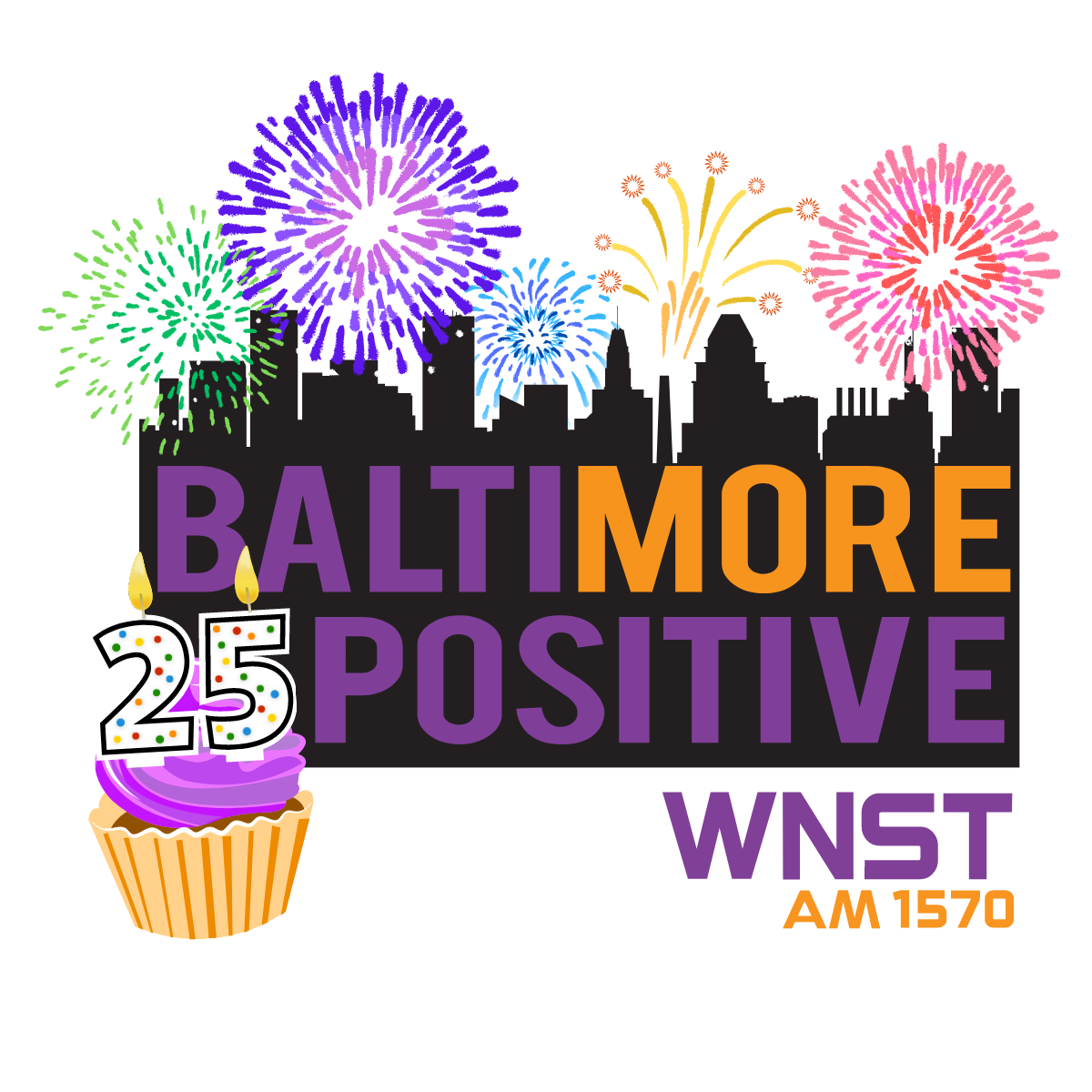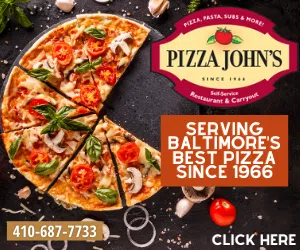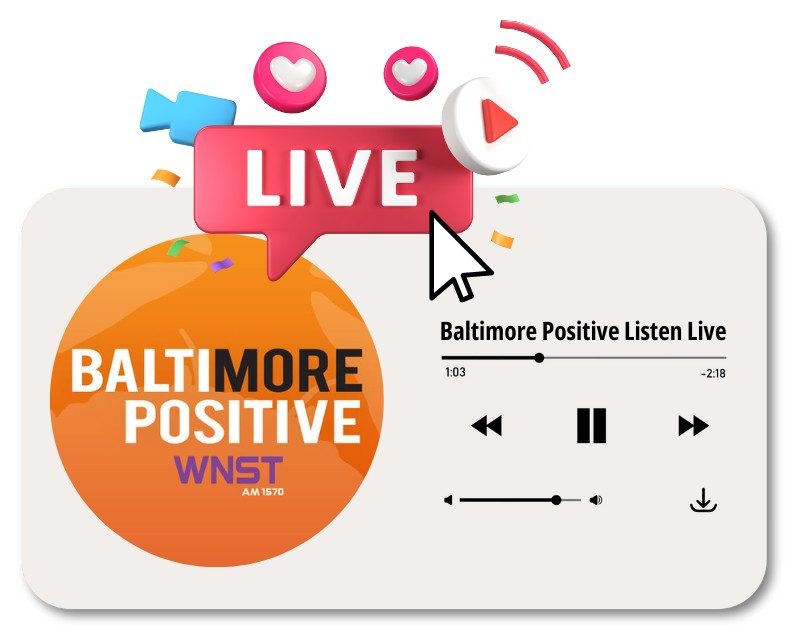By March 31, Angelos informed the newspaper that he was in the game. “We have every intention of making contact with all parties and advising them there is a local group ready, able and willing to purchase the team,” he said.
Mercantile Bank was holding a large portion of Jacobs’ debt in Baltimore on the Orioles. He was on the hook for $47.5 million to the local bank and there was a belief on the part of one of Angelos’ partners that they’d be the ones who picked the winning bid. Local businessman Henry Knott, who was a key part of the Angelos team assembled to make a run at the Orioles in bankruptcy, openly fumed about the nature of local vs. out-of-town buyers for the club.
“My opinion of Mercantile is that they have a license to do business in Baltimore City,” Knott told The Sun. “And if they pick an out-of-town owner over us, somebody ought to lock them up, throw away the key and put them out of business.”
Angelos continued to drive home his message regarding being “the hometown guy” vs. positioning DeWitt’s offer as being from “out of town.” All along, Angelos believed his tenacity was going to find a way to gain control of the Orioles. And he believed he’d be perceived as a civic hero if somehow he managed to win the bid and “save” the Orioles from the indignity of “out of town” ownership.
His first call in March was to his friend and partner at the law firm of Piper & Marbury, George P. Stamas, who offered to help him put together a team of investors with some civic clout and most importantly, some funding to flesh out an ownership group that would capture the attention of Major League Baseball and reflect well upon the league.
Angelos literally didn’t know anyone within Major League Baseball so he needed to make noise in other ways.
Angelos and Stamas, along with Knott, cast a wide net over the next 90 days, pulling in local celebrities and dignitaries with an offer for a stake in owning the Baltimore Orioles. Author Tom Clancy, comic book distributor Stephen A. Geppi, movie producer Barry Levinson, legendary broadcaster Jim McKay and tennis star Pam Shriver were all recruited and excited to lend their names and stars to the involvement in bringing the Orioles to a local investment team.
Angelos told The Sun, “It really gives what we attempted to do and hopefully what we’re striving to do a lot of color. It gives you a little taste of what this area has produced – some really exceptional people.”
As Angelos circled the wagons, DeWitt heard the very public preening by Angelos, who had a hotline to The Sun during these years. He could get a headline and a story written any time he wanted with one phone call over to his friends on Calvert Street. Longtime Baltimore columnists Michael Olesker and John Steadman, both who came from the now defunct afternoon newspaper, The News American, kept company with a man who insisted his friends call him “Pete.”
DeWitt started making Baltimore calls and putting together a “hometown team” of his own with the many relationships that team president and C.E.O. Larry Lucchino had developed over the 14 years he’d run the club quite successfully.
While Lucchino saw the theatre and politicking that Angelos was attempting to do in the court of public opinion – everyone knew it was all about the highest bidder at this point, not a popularity poll – he thought it to be an odd juxtaposition against the marketplace.
First of all, the Baltimore Orioles weren’t going anywhere. They had a 30-year lease at Oriole Park at Camden Yards and the only reason any sane businessman would want to purchase the team for upwards of $150 million was because of what Lucchino had built the team into during his watch. No one was apt to buy the Orioles in an effort to wreck them or move them or alienate local baseball fans.
And, secondly, if Lucchino harbored any secret intentions to depart Baltimore or sell the team off to someone who would’ve moved the team, it would’ve already have happened on his watch. It was ludicrous when you consider Lucchino’s track record. He had spent the past dozen years getting Camden Yards built and building the legend of Orioles baseball. Lucchino did everything he could do to save baseball for the city and nurture the franchise to this point in its rich – but not-ever-profitable-until-he-came-along – history.
Lucchino came into the franchise in 1979 as the No. 1 man for owner Edward Bennett Williams, who purchased the team from longtime beer man Jerold Hoffberger for $12 million. Williams, often referred to as EBW, also had held a minority interest in the Washington Redskins and was considered the quintessential Washington power attorney, with friends throughout the converging worlds of government and law. Lucchino, who worked at Williams’ firm, learned the business of sports law serving both the Orioles and Redskins and helped EBW complete the transaction on Aug. 2, 1979.
Every Orioles fan alive remembers the magical summer of 1979 – the summer of the birth of “Oriole Magic” and “The Roar From 34,” an upper deck right field section at Memorial Stadium that birthed super fan “Wild” Bill Hagy, who led super cheers. Beer poured. Eddie Murray hit home runs. Mike Flanagan and Jim Palmer led the pitching staff. Earl Weaver reigned.
The Orioles were in the midst of a World Series run and the two “Washington men” had allowed the sale to remain quiet until after the season so that the ever-present Hoffberger could have one last run in the sun and a chance to win another World Championship. The Birds lost a heartbreaking Game 7 to the Pittsburgh Pirates in the Fall Classic. But Williams felt so strongly about Hoffberger that he named him president of the team for the next five years as part of the deal. Meanwhile, Lucchino learned the business of baseball in the 1980s in Baltimore, and Williams put him in charge of finding a new stadium for the Orioles. This was unprecedented heavy lifting, especially after the city and state failed to deliver a facility for the Colts, who snuck out of town in March 1984 with a greedy owner who wanted a better stadium and a better revenue stream.
The Baltimore Orioles were a tough business in 1979. Even when it was going well on the field, trying to match million-dollar offers with the likes of the New York Yankees and Los Angeles Dodgers was impossible.
Hoffberger begrudgingly sold the team to Williams because he couldn’t figure out a way to make money off of owning the Baltimore Orioles after many years. He could never even break even over two decades and with the advent of free agency in the 1970s, the small market Orioles were finding it hard to compete in keeping players even amidst the success of a farm system that was the envy of the sport. The vaunted “Oriole Way” looked better in the standings than it did in the accountant’s office.
Williams came to provincial Baltimore as the “Washington, D.C. owner.” He was forever rumored to be moving the Orioles to Washington – a narrative he fought hard to refute even in light of the Bullets heading to the nation’s capital in 1973 and the Colts departure for Indianapolis. In fact, on the summer day in 1979 when he bought the team and returned to Washington, D.C. for dinner with Lucchino, a waiter stood at their table and sang “Take Me Out To The Ballgame,” somehow believing that it was EBW’s destiny to move the Orioles to R.F.K. Stadium.
It was very complicated, the relationship Baltimore and Washington had over the years with baseball.
The Washington Senators had existed since 1901 when the St. Louis Browns came to Baltimore in 1954 in a group led by Hoffberger and his friend Clarence Miles. The new group, renaming the team “Orioles,” paid Senators owner Clark Griffith a $300,000 payment and bought a lucrative beer sponsorship for the Washington club. The two clubs, just 38 miles apart, would both play in the American League.
Over the next two decades, baseball in the nation’s capital was a dud on the field and at the turnstile. In 1960, Griffith took a better deal to move the Senators to Minneapolis and Major League Baseball replaced the team with an expansion franchise to ward off threats of losing their precious anti-trust exemption in D.C. Two sets of owners continued to bleed money for a decade before Bob Short moved the team to Arlington, Texas in 1971.
Meanwhile, the Orioles flourished on the field but never in gate receipts during the glory era of the late 1960s and early 1970s. The Orioles dominated both Senators franchises, compiling an 89-65 record against the first group and a 135-61 record against the expansion team. There was never a “rivalry” per se, because the Senators were perennial doormats, doomed early in the season and vanquished into irrelevance in a summer world with no wild card teams or league divisions.


























